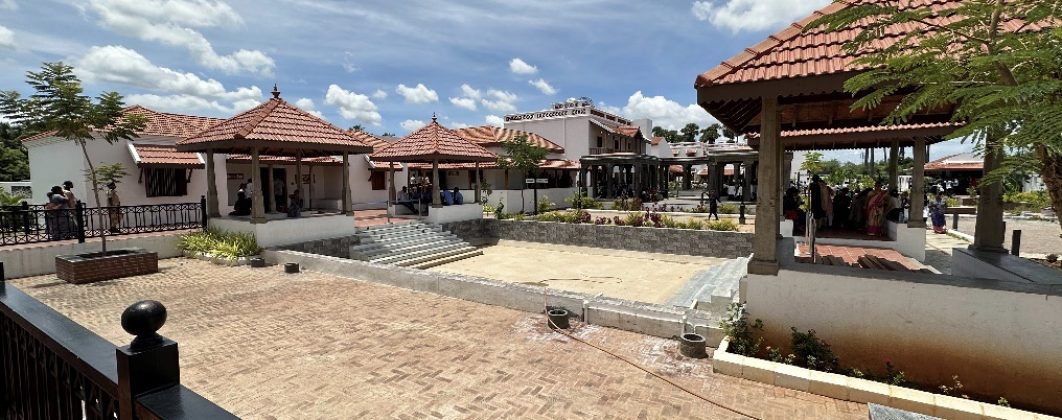
An artist’s unforgettable journey through the sands of time
“We have to know the past to understand the future” – Carl Sagan
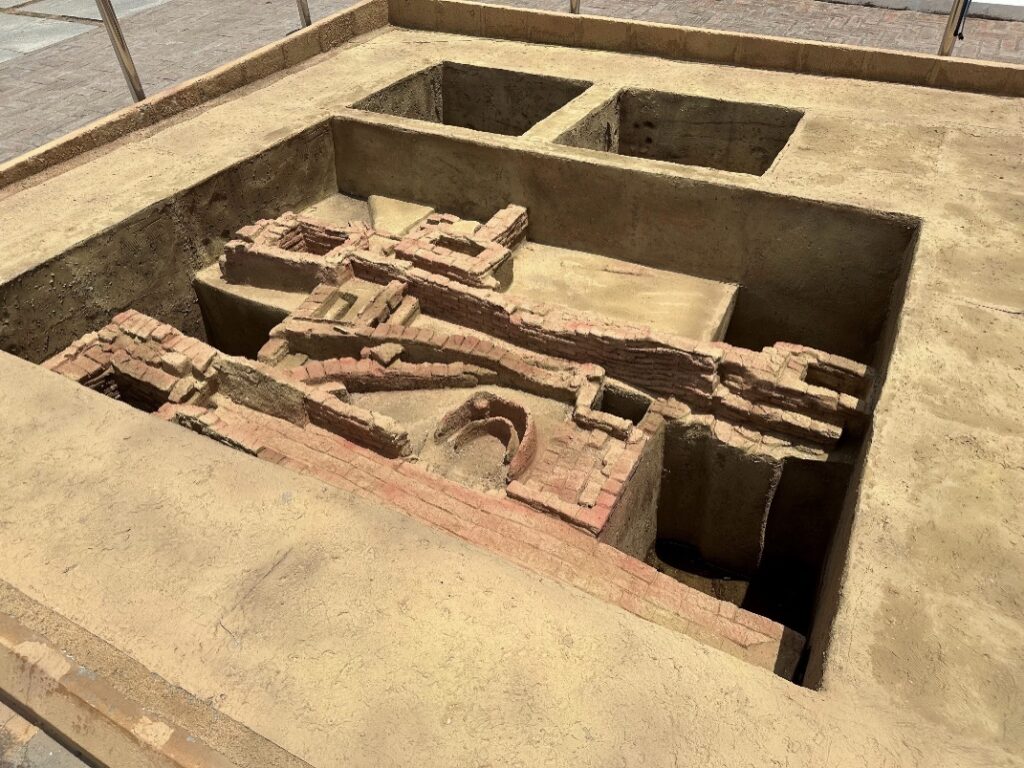
Nestled amidst the lush landscapes of Tamil Nadu, Keeladi is a testimony to India’s rich and complex ancient past. It has been a captivating window into the lives, culture, and civilization that thrived millennia ago. Since its excavation in 2015, this Sangam period settlement has been amusing archaeologists, experts, theorists, and history buffs with advancements on all fronts. Keeladi’s 2600-year culture has offered many clues about the language and literacy levels, the social hierarchy, architecture, and the age of the civilization.
Ancient India was a land of mystery and wonder, where legends mingled with historical facts to weave a tapestry of unparalleled richness. From the unmatched majesty of the Indus Valley civilization to the grandeur of the Chola dynasty, each era had a story of its own. While the trails of some cities lived long enough to talk, some vanished in the sands of time with the hope of seeing the day of light soon.

“Standing at Keeladi and witnessing the remnants of a rich culture interjection between the past and the present can’t be explained in words,” says Balagopal. While the archaeologists are busy completing Keeladi’s complex puzzle, this enthusiastic artist-turned-designer has an interesting tale about his unexpected journey to Keeladi.
One of the key members at the YK Antiques Home Museum in Hyderabad, Bala is a heritage enthusiast and a history buff. He works closely with the museum’s collector, Mr. YK Murthy to educate the younger generation about antiques, their history, and why it’s important to preserve them.
When he told me about his trip to Madurai and Keeladi, I was brimming with excitement. As a fellow history buff always nosing around for interesting conversations, I knew I had to write about Bala’s adventure into the past. An interesting conversation over the phone unraveled his side of the story about the Keeladi Heritage Museum, its role in ancient Tamil Nadu’s history, and some interesting tales about Madurai and Keeladi’s historical overlaps.
Devdutt Pattanaik rightly quoted, “Within infinite myths lies the eternal truth.” Who sees it all? Varuna has but a thousand eyes; Indra, a hundred; and I, only two.”
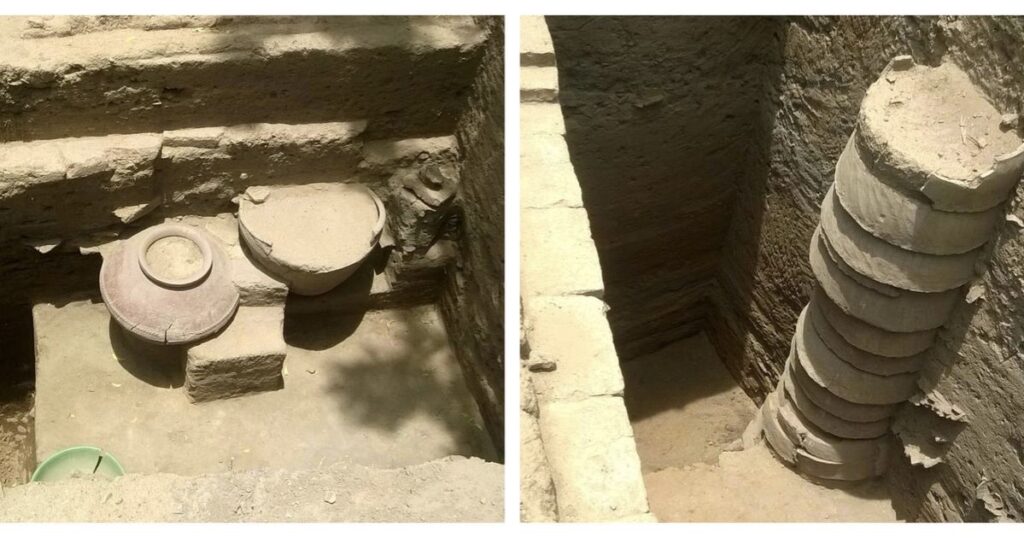
Tell me about your interesting relationship with history. How did this lead to your association with YK Antiques Home Museum?
Balagopal: As a child, I fondly recall playing miniature kitchen sets, Pelli bommalaata, and Vamana guntalu which were once cherished by our elders. These toys that still hold a special place at my father’s house, were more than just playthings. They were gateways to cherished memories spent with my sisters. Their intricate artistry, design, and craftsmanship never failed to captivate me. And, that sparked my interest in art and design.
Growing up in Secunderabad, a city steeped in rich heritage and folklore, provided ample opportunities for exploration. Heritage trips during my school days ignited my curiosity, allowing me to immerse myself in the past rather than simply reading about them in my textbooks. Visiting these historical monuments and sites offered glimpses into the lives of those who came before us, sparking my imagination as I envisioned their daily routines and marveled at their artifacts and tools.
My passion for art, history, and antiques only deepened when I pursued fine arts for my higher studies. Later, in my corporate career, a dear colleague and friend, Vinay, introduced me to YK sir and his remarkable collection. Stepping into his home museum was a revelation – a treasure trove overflowing with stories waiting to be unearthed. It was these narratives, coupled with YK sir’s fervent dedication to their preservation, that left me utterly spellbound. The awe reflected in visitors’ eyes mirrored my own, a testament to the museum’s captivating allure.
YK Antiques offered me a chance to showcase these historical gems in a new light, using my artistic skills to create engaging displays. Beyond that, it became my sanctuary. Weekends were spent savoring YK sir’s hospitality, sipping coffee brewed with the wisdom of the time, and listening to him weave captivating narratives of our culture, history, and the extraordinary objects that surrounded us.
From a child captivated by heirloom toys to an adult yearning for stories of the past, my quest for knowledge has always been insatiable. YK Antiques Home Museum has been a constant source of inspiration, fuelling countless discussions and independent explorations of historical sites and museums. It is a place where the past comes alive, and where my own story continues to unfold.
You seem to have had an interesting time travel. How did it start and how did Keeladi come into the picture?
Balagopal: Places with interesting stories have always intrigued me, and I belong to a time when myths and legends were an important part of our bedtime stories. Most of these places have been on my travel list since then, and Madurai was one of them. I have always wanted to visit the place, and thanks to my wife, Ambika, I finally got my chance.
I remember reading about the ancient settlements around the Vaigai River Valley, and that’s when I came across Keelada, a quaint village 13 kilometers from Madurai. Excavations conducted in and around Keeladi have unearthed remnants of a sophisticated urban civilization, painting a vivid picture of a society so advanced and its connections extending far beyond the shores of the Indian Ocean. Intriguingly, traces of possible links to the illustrious Indus Valley civilization further fuelled my fascination.
As I traced the footsteps of those who once called Keeladi home, I found myself immersed in a quest to unravel the secrets of how they lived and declined.
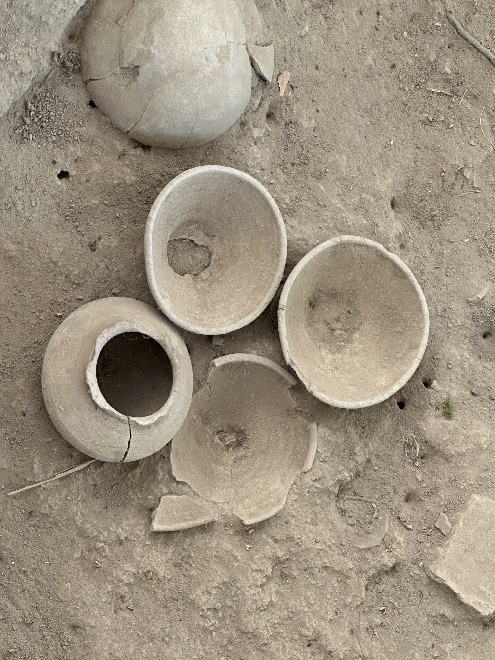
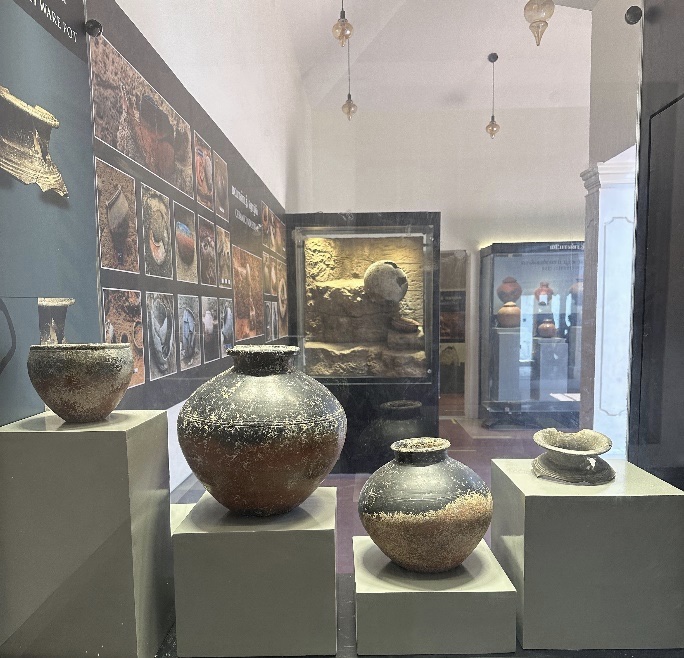
Since we are talking about the Vaigai River valley, what do you know about Madurai’s history?
Balagopal: Did you know that Madurai was called ‘The Athens of South India’? This title is a testament to its rich heritage and culture, interwoven with captivating tales of Lord Shiva and Parvati, and the awe-inspiring Meenakshi Temple.
With a recorded history dating back to the 3rd century BCE, Madurai has been a major human cultural settlement for over two millennia. The Pandyas and their capital city were well known to the Ancient Greeks and Romans. The Sangam Councils gathered to discuss Tamil literature and exchange their knowledge.
A thriving ancient city along the banks of the serene Vaigai River, Madurai continues to flourish as a cultural and religious epicenter, with its ancient roots deeply embedded in the fabric of modern life. Each step reveals footprints from history, some infused with joyous memories while others are nostalgic. The grand temples and the stories revolving around them give you a detailed account of the city’s glory in the older days.
Let’s get back to Keeladi. Tell me about your visit and your experience.
Balagopal: Standing amidst the remnants of an ancient civilization, I was awestruck by our ancestors’ sheer knowledge and sophisticated techniques. Sheltered by a grove of swaying coconut palms, the excavation site was well protected from the harsh climate and rains. As we walked ahead, a meticulously arranged display of artifacts unfolded before us – a glimpse into the treasures we were about to witness.
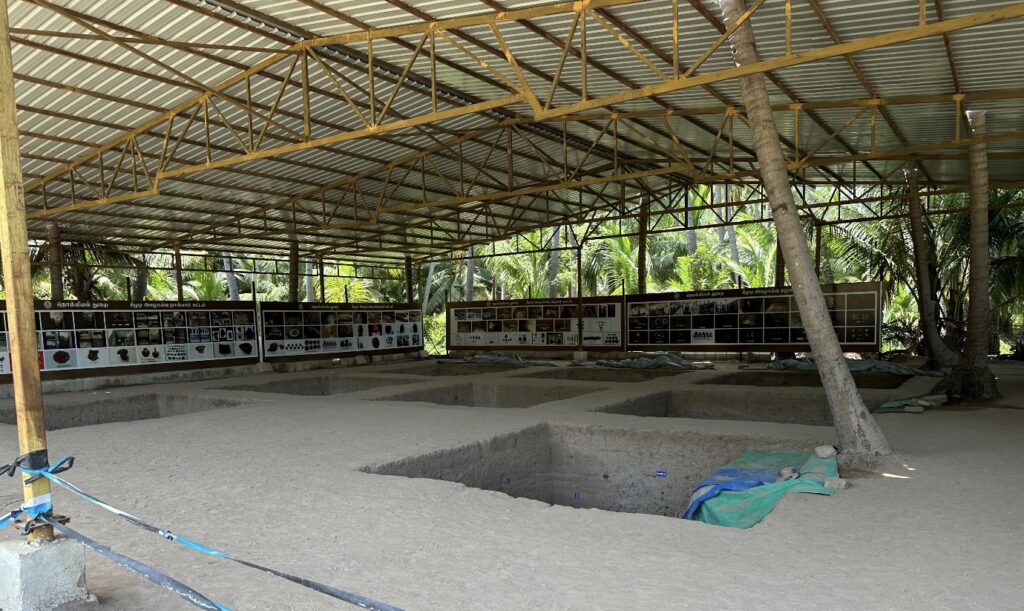
Stepping onto the site, we were transported back in time. Experts traced these ruins back to 200 BCE! My heart pounded with excitement; it felt like stepping into a time capsule. I was bubbling with curiosity as I explored the site for more wonders. Deep trenches, up to 4 meters deep, revealed layers of Keeladi’s history. Samples of bricks, lime mortar, and roof tiles, along with remnants of terracotta ring wells, whispered stories of lives that lived millennia ago. There are 12 digs in total and only one of them is open to the public. Although the majority of artifacts have been relocated to the Keeladi Heritage Museum, the open site itself functions as a living museum, offering a peek into the intricacies of our ancestors’ lives.
It was an experience beyond words, for some encounters can’t be explained; they just need to be felt firsthand. Our visit to the archeological dig at the coconut grove at Keeladi was one such moment, a journey through time that left an unforgettable mark.

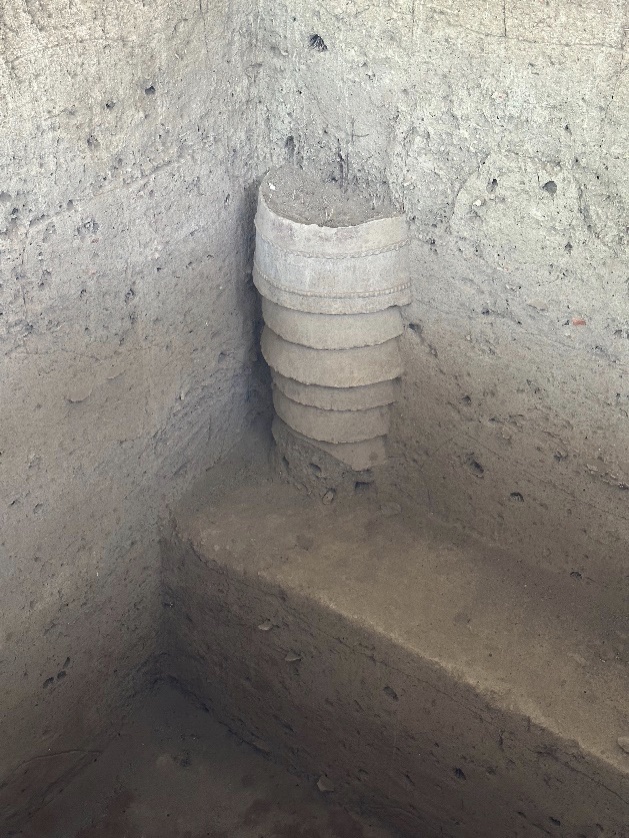
Keeladi archaeological site
You were talking about most of the artifacts being transferred to the Keeladi Heritage Museum. Did you get a chance to visit the museum?
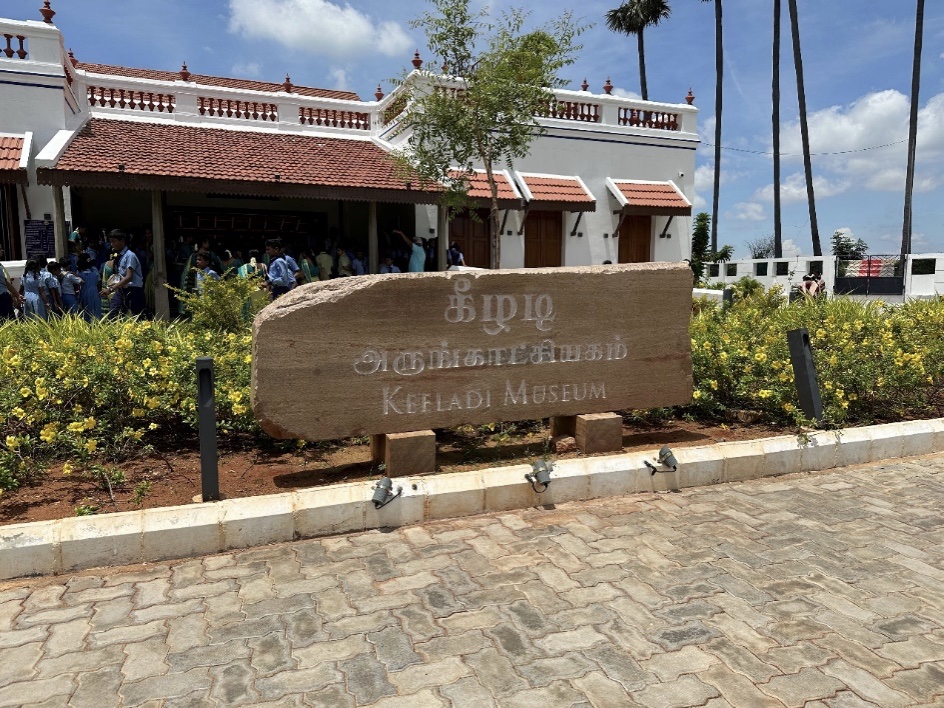
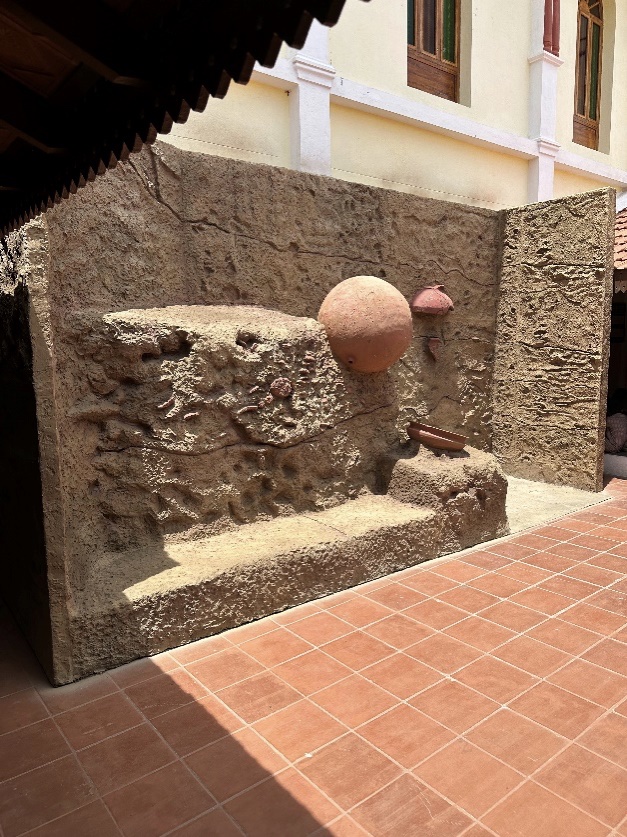
Balagopal: Of course! Our excitement soared to new heights as we traced the roots of ancient Tamil culture and arrived at the stunning Keeladi Heritage Museum.A sprawling mansion at first look with red terracotta tiled roof and Athangudi tiles, it perfectly complemented the Keeladi’s story. A one-of-a-kind museum with six display halls and an auditorium, it is a treasure trove of knowledge and heritage.
The Keeladi Heritage Museum stands as a repository of antiquities spanning the Iron Age (12th century BCE – 6th century BCE) and the early historic period (6th century BCE – 4th century BCE), offering a glimpse into the cultural tapestry of the Sangam era—its customs, lifestyles, trade dynamics, and societal structure.
As we eagerly stepped inside, we found ourselves amidst a diverse array of visitors—students, travelers, and tourists—each sharing the same sense of wonder as we did. The museum’s interiors were nothing short of breathtaking. Bathed in natural light and well-ventilated, the enchanting tales of Keeladi’s past seemed to come alive. Each display area was meticulously curated to highlight different aspects of the excavation- ‘Agrarian and Water Management,’ ‘Ceramic Industries,’ ‘Weaving and Beads,’ ‘Sea Trade,’ ‘Pastime,’ and ‘Lifestyle,’. The galleries showcased artifacts found in four excavation sites, including Keeladi, Konthagai, Agaram, and Manalur.
With over 15,000 antiques excavated in sites across the Vaigai River basin, the museum exhibits beads, iron tools, terracotta figurines, expensive gold ornaments, copper articles, iron tool parts, flint pieces, round chips, flint earrings, glass, and precious bell stones (agate, sapphire, crystal), earthenware shells, revolted pottery, old men’s talismans, etc.
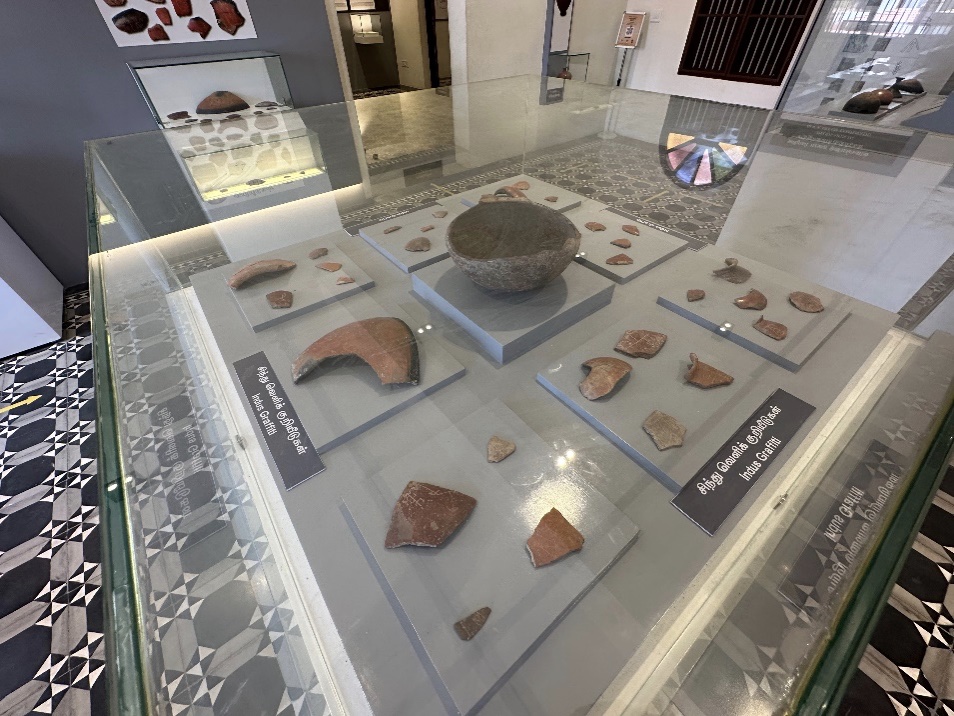
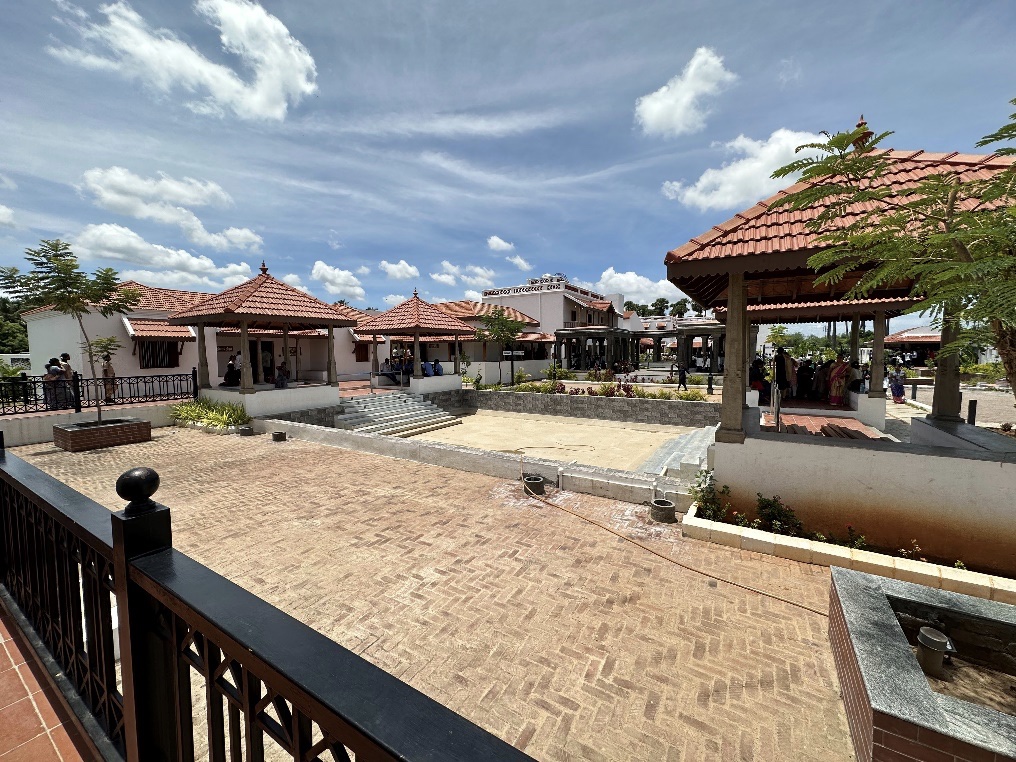
How was the ‘one of a kind’ museum experience?
Balagopal: While most conventional museums have artifacts on glass displays, Keeladi was an immersive experience. Storytelling comes alive through captivating videos, interactive games, and sensory experiences. Vibrant visuals and quirky selfie spots kept visitors engaged from start to finish. This “play and learn” approach made our museum unforgettable. It creatively weaves the rich fabric of Tamil history, leaving a lasting impact on every visitor.
My recommendation? Take your time! Indulge in the museum’s exhibits, relax in the cafeteria, and stroll through the lush green outdoors. History buffs will find themselves transported back in time to the Sangam era. I certainly did! Every corner offered a chance to learn and be awestruck. Playing the traditional Indian game Addu puli aatam or typing a Tamil word to know its equivalent in the ancient Keeladi script, I found every moment fascinating.
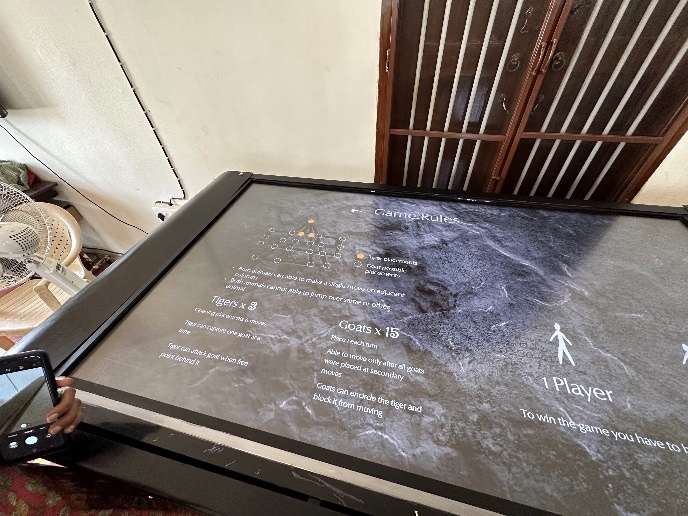
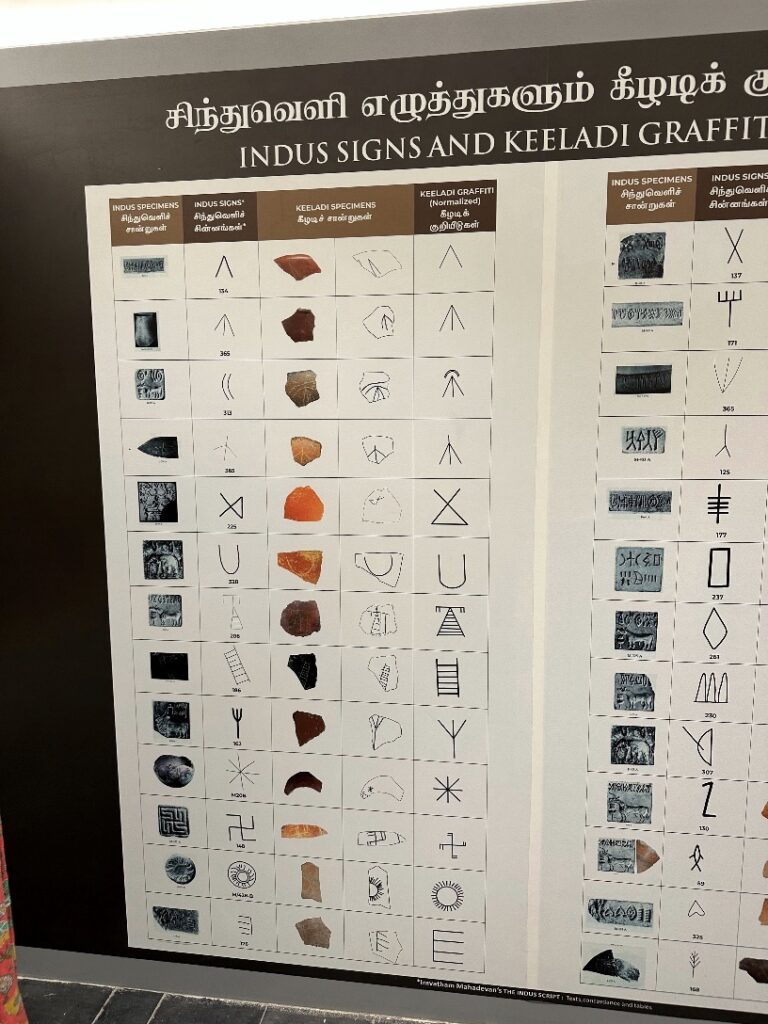
You have been a part of the YK Antiques Home Museum. How did the trip to Keeladi impact your perspective on antiques and culture?
Balagopal: My trip to Keeladi deepened my sense of responsibility as a custodian of cultural heritage. It reinforced the notion that antiques are not merely commodities but are valuable repositories of human history and identity.
Museums offer a unique opportunity to not only read about history but also to immerse oneself in its rich tapestry. Much like the Keeladi Heritage Museum, the YK Antiques Home Museum aims to provide visitors with a similar experiential journey. Housing over 900 antiques, our private museum is a treasure trove of narratives, showcasing traditional cooking methods, everyday utensils from our ancestors’ kitchens, and various other artifacts that offer glimpses into different aspects of life and times gone by.
At YK Antiques, we’re passionate about keeping these stories alive. We strive to make history not just something you read, but something you experience. We’re committed to working even harder to ensure our collection reaches a wider audience and inspires a deeper appreciation for our cultural heritage.
Interviewed and article written by Aishwarya. V, in-house writer at YK Antiques Home Museum
Interviewee Balagopal, a core member at YK Antiques Home Museum
Interested in Keeladi and its culture? Here are more reading links to know more:

Copyright © 2021 YK Antiques Home Museum